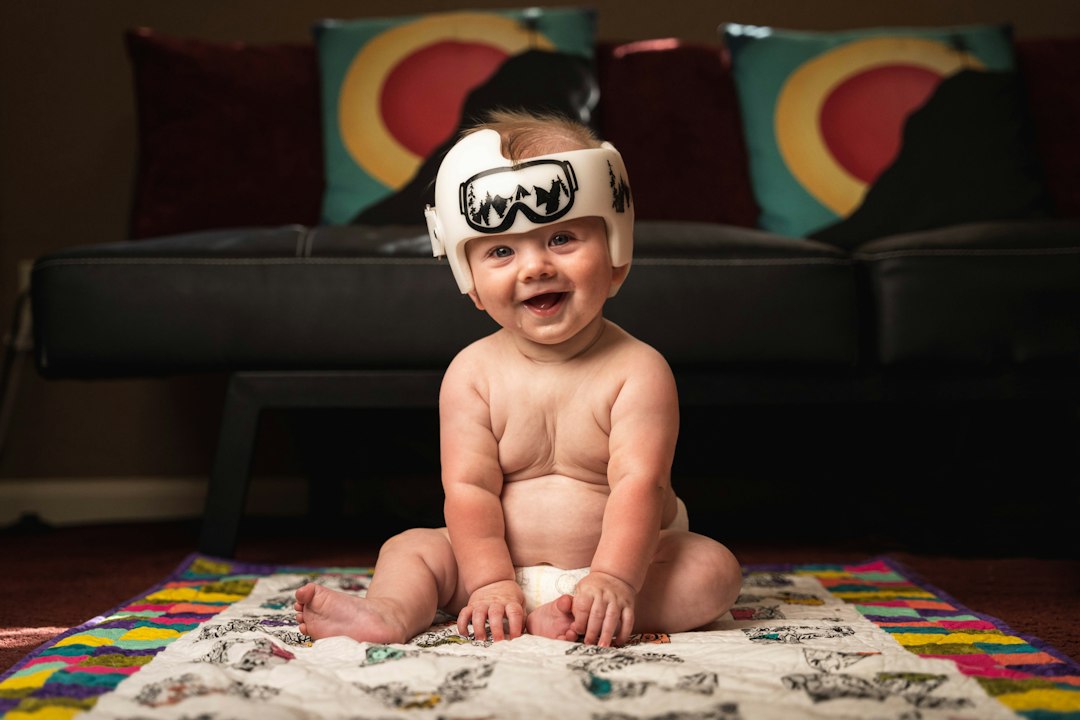Understanding Baby Stranger Anxiety
Baby stranger anxiety is a commonly observed phenomenon where infants demonstrate discomfort or distress around individuals they don’t recognize. This behavior signifies a phase of intellectual development where a baby starts distinguishing between known faces and unfamiliar ones. Sometimes, this results in the infant crying or showing signs of distress with certain unfamiliar people, marking an early understanding of the concept of ‘stranger danger.’
Stranger Anxiety and Its Impact on Your Daily Routine
While it’s crucial to acknowledge and respect a child’s stranger anxiety, it can pose practical challenges for parents. These can include difficulty in performing everyday tasks ranging from going to work or shopping to scheduling personal time for social engagements. It’s essential to find a balance that doesn’t disrupt your day-to-day life excessively while appropriately managing your child’s anxiety.
Decoding the Reasons Behind Stranger Anxiety
During the early months of infancy, a child’s short-term memory is practically non-existent, causing no discomfort when handed over from one adult to another. As the child matures, the realization of objects and people still exist even if they aren’t in sight kicks in. This understanding leads to the development of two natural fears: a fear of strangers and separation anxiety.
Separation Anxiety and Stranger Anxiety: The Difference
- Separation Anxiety: It transpires when a baby becomes upset while being separated from their primary caregiver with whom they share the strongest bond.
- Stranger Anxiety: It occurs when a baby feels fear or discomfort when approached by a stranger or an unfamiliar person.
Identifying Signs of Stranger Anxiety in Your Baby
The signs of stranger anxiety in babies may include:
- The baby freezes when approached by a stranger.
- The baby exhibits clingy behavior when unfamiliar people are present.
- The baby cries when unfamiliar faces approach them.
- The baby attempts to hide their face or requests to be picked up and comforted by a known caregiver when strangers are around.
FAQs on Baby Stranger Anxiety
How does stranger anxiety manifest in babies?
What is the difference between separation anxiety and stranger anxiety?
How can you soothe a baby experiencing stranger anxiety?
How can I tell if my baby has stranger anxiety?
What are effective ways to introduce my baby to new people?
Is it okay to leave my baby with a new caregiver immediately?
Strategies for Comforting a Baby with Stranger Anxiety
It’s natural to be concerned about your baby’s anxiety, but remember, stranger anxiety is a sign of healthy intellectual and emotional development. Gradual, gentle introduction to new people can help soothe your baby’s fears while minimizing adverse reactions. If a stranger tries to interact with your baby and it causes distress, kindly explain that your baby needs time to adjust. Allow the stranger to talk to your baby while they are securely in your arms.
Getting Your Baby Comfortable with New Caregivers
When introducing new caregivers, the key is putting in time for your baby to acclimate. Having the new caregiver around at least 30 minutes before you leave gives your baby a chance to feel comfortable in their presence under your support. Don’t sneak out of the house; it’s crucial to say goodbye to your baby, as sneaking out might negatively impact their trust and increase anxiety levels.

